Optimal Timing for Foundation Repairs
Understanding the optimal timing for foundation repairs can help ensure the effectiveness and longevity of the work. Seasonal factors, soil conditions, and weather patterns influence when repairs are most suitable. Proper timing minimizes disruptions and can reduce costs associated with delayed repairs.

Spring offers mild weather and stable ground conditions, making it an ideal time for foundation work.
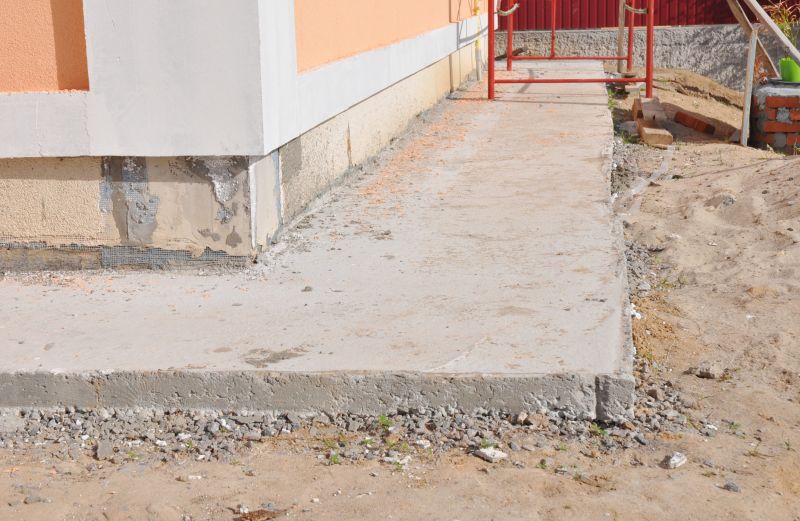
Summer may pose challenges due to higher temperatures and dry soil, but repairs can be scheduled during cooler parts of the day.
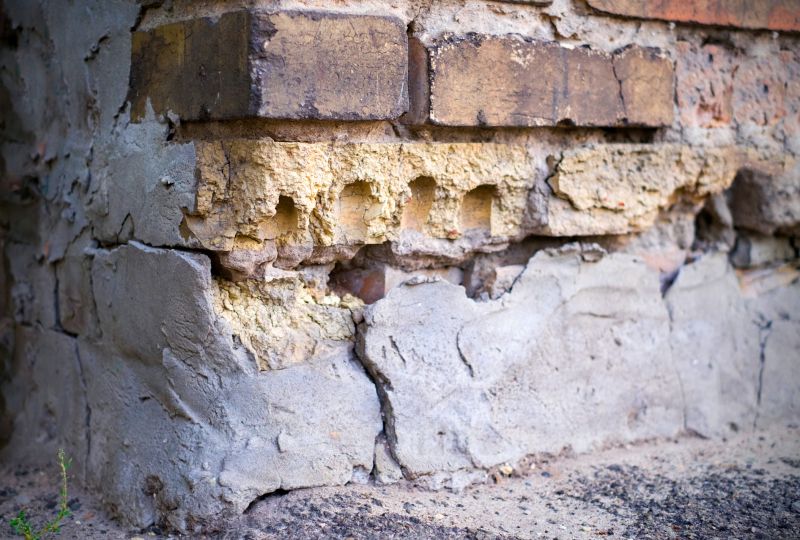
Fall provides cooler temperatures and moist soil, which can facilitate certain repair techniques.
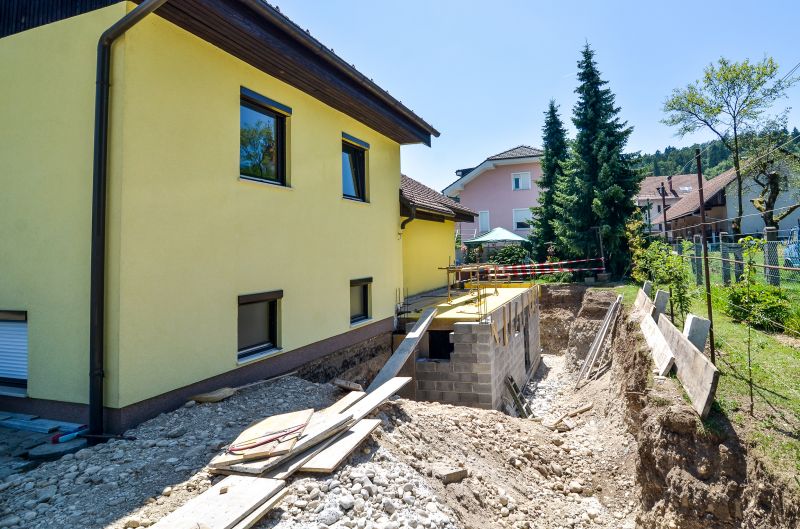
Ways to make Foundation Repairs work in tight or awkward layouts.
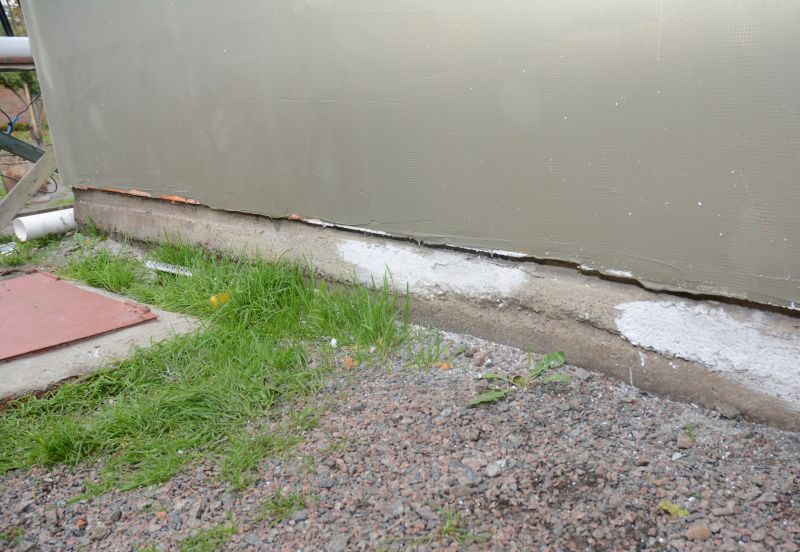
Popular materials for Foundation Repairs and why they hold up over time.

Simple add-ons that improve Foundation Repairs without blowing the budget.

High-end options that actually feel worth it for Foundation Repairs.
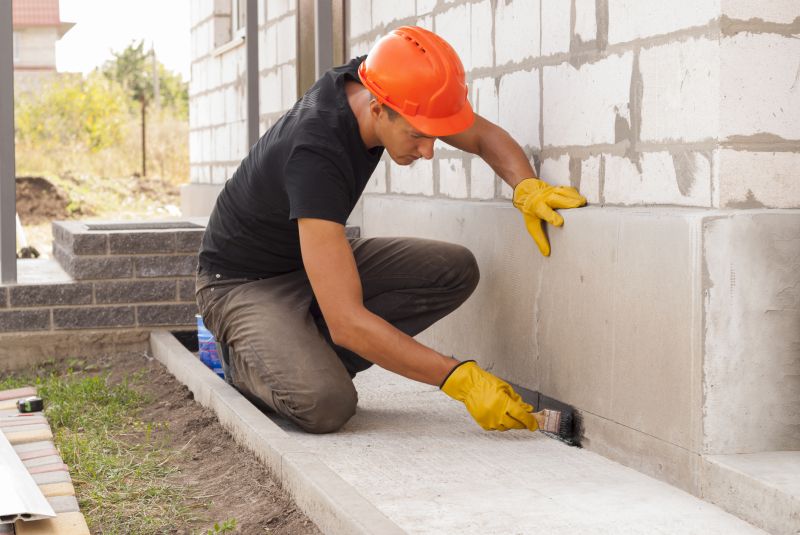
Finishes and colors that play nicely with Foundation Repairs.
Foundation repairs are critical for maintaining the structural integrity of a building. Addressing issues promptly can prevent further damage and costly renovations. Seasonal conditions impact the success of repair projects; for instance, wet soil during fall and spring can aid certain repair methods, while extreme cold or heat can hinder progress.
Soil moisture levels significantly influence foundation stability and repair timing. Excessive dryness or wetness can complicate work.
Extreme weather events, such as heavy rain or freezing temperatures, should be avoided during repair scheduling.
Spring and fall generally provide optimal conditions for foundation repairs due to moderate temperatures and soil moisture.
Scheduling repairs during favorable weather windows can improve outcomes and reduce delays.
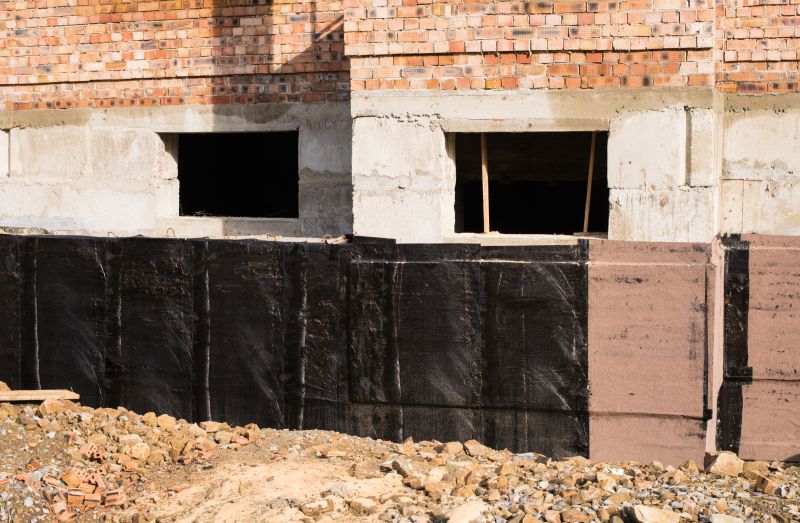
A crew performing underpinning in favorable weather.
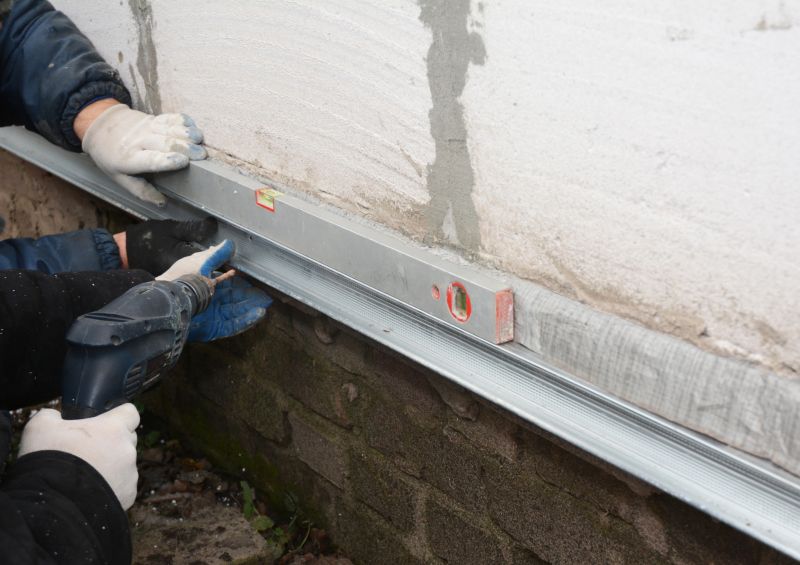
Moist soil conditions during fall aid foundation stabilization.
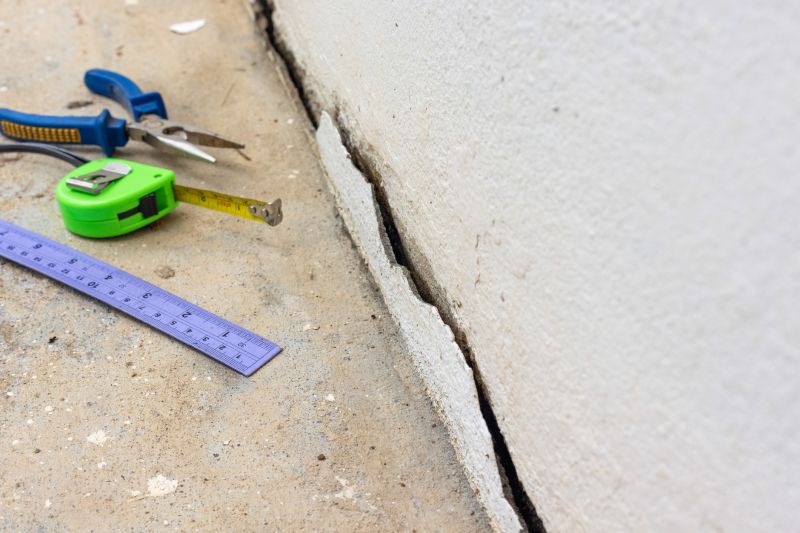
Scheduling repairs in spring to avoid winter freeze-thaw cycles.
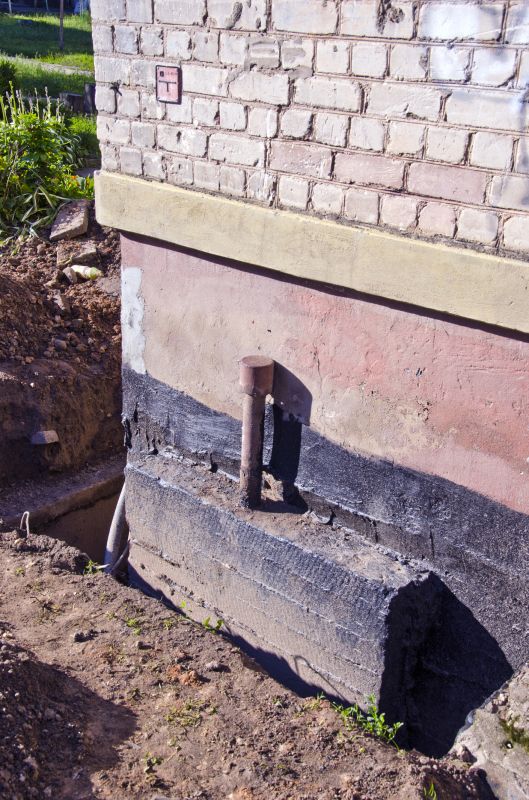
Work progressing during cooler morning hours.

Little measurements that prevent headaches on Foundation Repairs day.
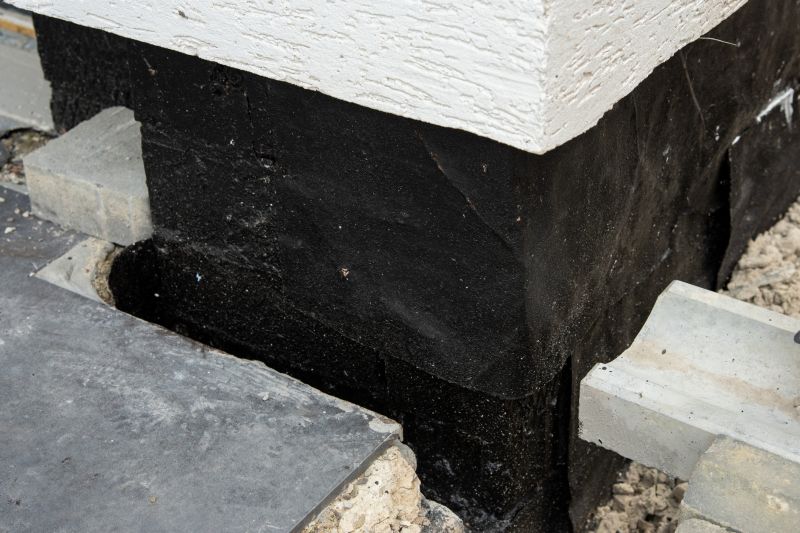
A 60-second routine that keeps Foundation Repairs looking new.

A frequent mistake in Foundation Repairs and how to dodge it.
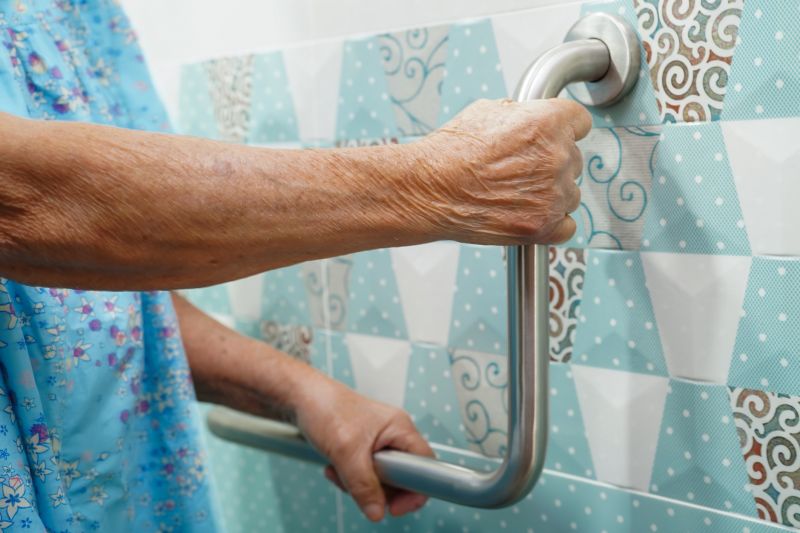
Small tweaks to make Foundation Repairs safer and easier to use.
| Season | Ideal Conditions |
|---|---|
| Spring | Moderate temperatures, moist soil |
| Summer | Cooler parts of the day, early morning or evening |
| Fall | Cool temperatures, moist soil |
| Winter | Generally not recommended due to freeze-thaw cycles |
Choosing the right time for foundation repairs depends on local climate and soil conditions. Proper scheduling can prevent delays caused by weather disruptions and ensure the effectiveness of repair techniques. Regular inspections can help identify issues early, allowing repairs to be planned during optimal seasons.

Foundation repair in progress during favorable weather.
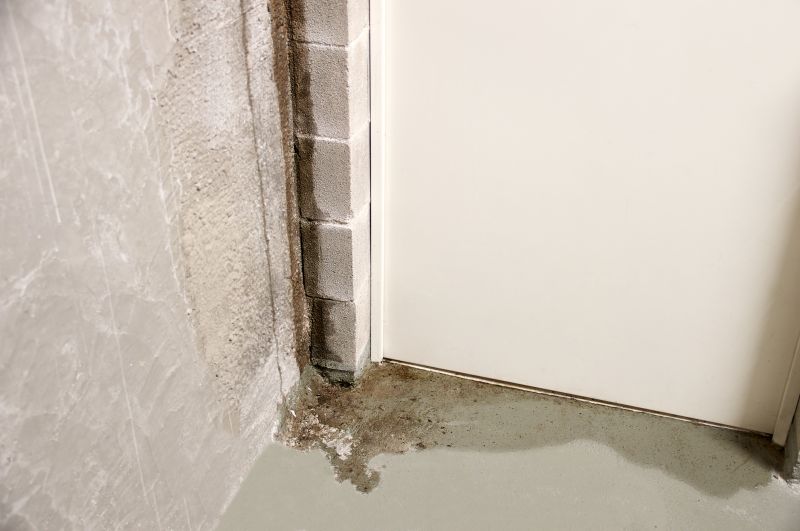
Monitoring soil conditions to determine repair timing.
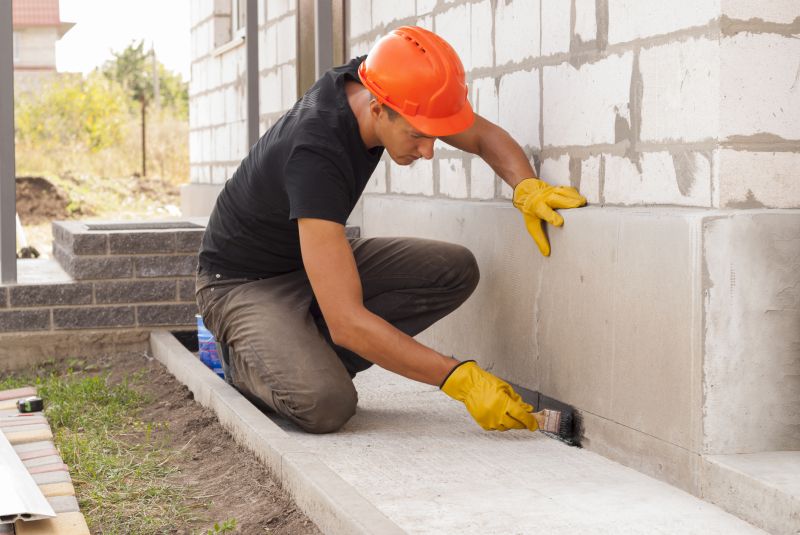
Planning repairs in spring and fall for best results.

Preparing the site during optimal weather conditions.
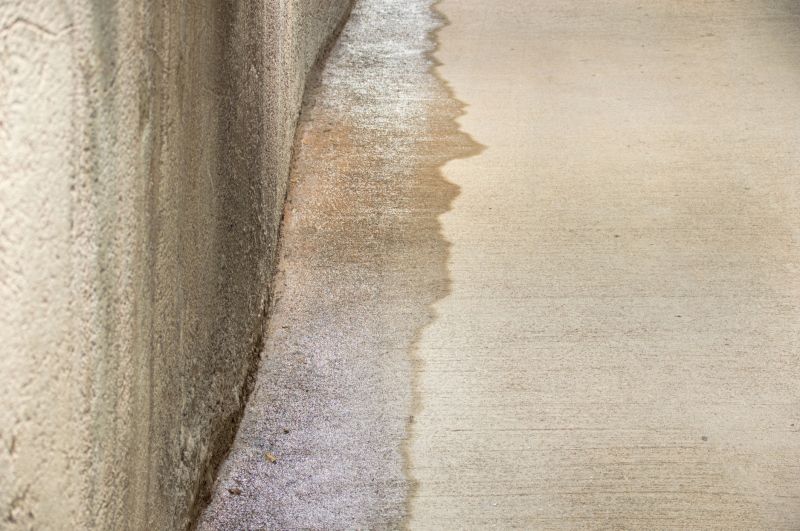
Lower-waste or water-saving choices for Foundation Repairs.
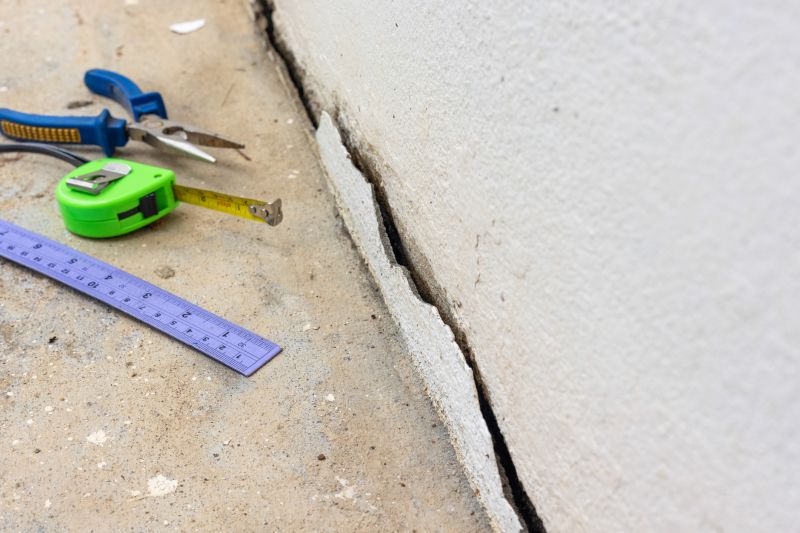
The short, realistic tool list for quality Foundation Repairs.

Rough timing from prep to clean-up for Foundation Repairs.
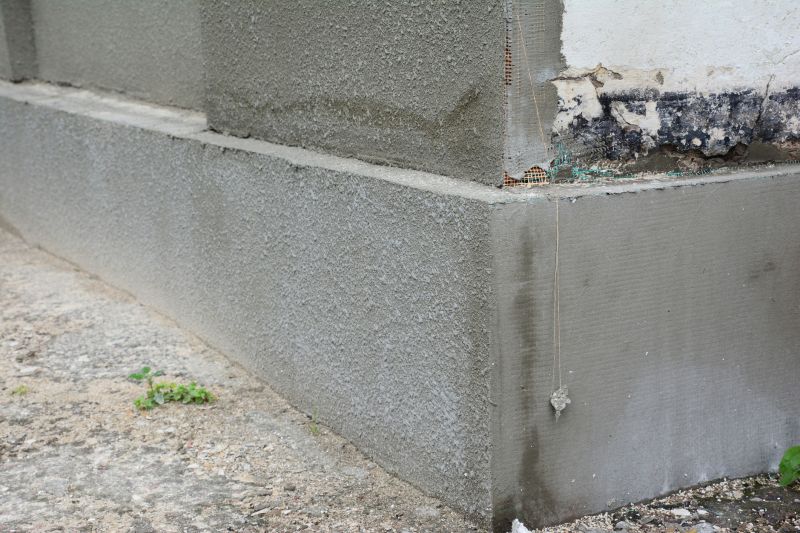
Quick checks and paperwork to keep after Foundation Repairs.
Interested property owners can contact for more information about scheduling foundation repairs. Proper timing enhances repair durability and reduces potential complications. Timely intervention can help maintain the structural integrity of a building and prevent costly future repairs.

